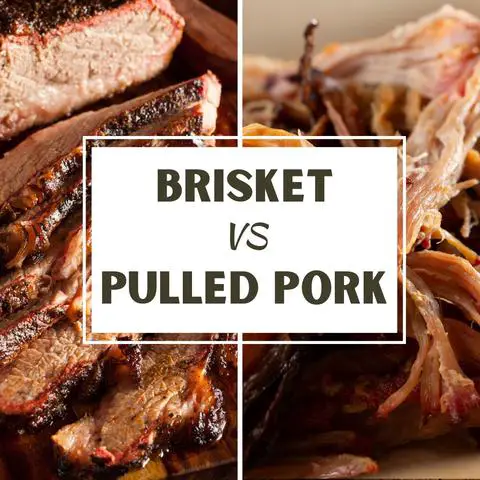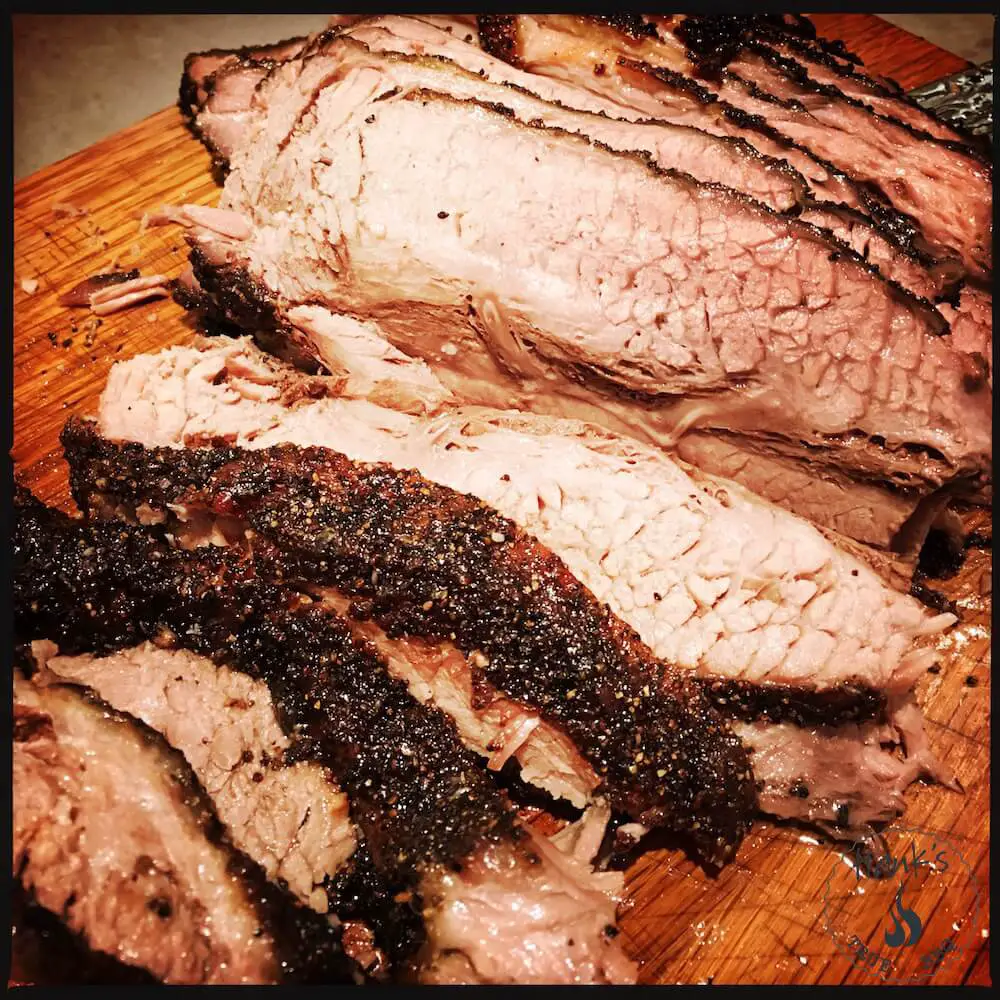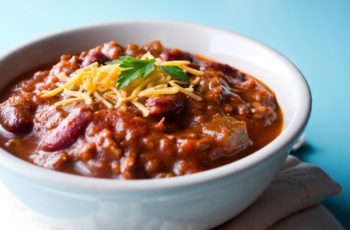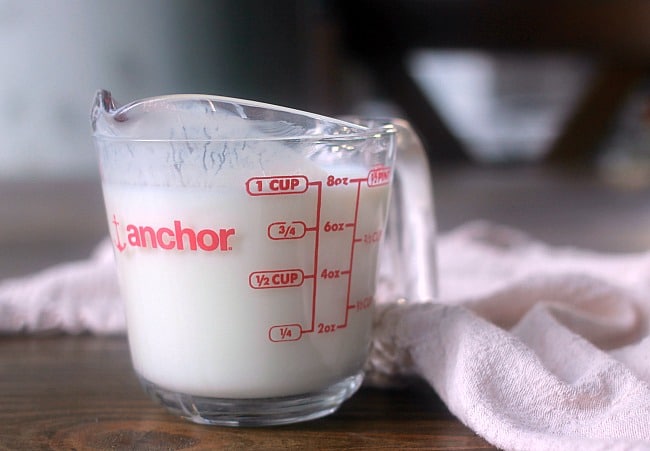
“Unraveling the Brisket Mystery: Is it Beef or Pork? Discover the truth behind this beloved dish, as we delve into the origins, cuts, and flavors of brisket to provide a definitive answer. Join us on this culinary journey to settle the age-old debate once and for all.”
Is Brisket Beef or Pork? or Both?

Brisket is primarily associated with beef and is traditionally sourced from the breast section of a steer. The cut known as “pork brisket” has gained popularity in recent years, but it is not commonly found in grocery stores or restaurants. Instead, it is typically sold online by specialty butchers like Porter Road.
Beef brisket comes from the breast section of a steer, with two briskets available per animal. Steers are neutered male calves that have been castrated to improve their docility and prevent reproduction. This process results in improved marbling and tenderness in the beef, qualities highly valued by barbecue enthusiasts.
Pork brisket, on the other hand, differs significantly from beef brisket. It consists of two sides – a lean end and a fatty end – similar to beef brisket. However, what is considered the “lean” end is actually cut from the belly and contains a significant amount of fat. The point end comes from the picnic (shoulder), which is less desirable compared to the Boston butt (upper half of the shoulder).
What Animal Does Brisket Come From?

Traditionally, barbecue brisket comes from the breast section of a steer, which is a castrated male calf. The breast section of a steer provides two briskets per animal. When a male calf is born, it is initially considered a bull calf, but between the ages of three to six months old, it is neutered to become a steer. Neutering steers improves their docility and prevents reproduction. The lack of testosterone in steers results in improved marbling and tenderness in the finished beef, qualities highly valued by those who enjoy barbecue.
It’s worth noting that while many people may use the term “cow” to refer to heifers, cows, and steers indiscriminately, a cow specifically refers to a female animal that has given birth. Cow meat is not desirable for beef brisket. Butchers have developed various cuts of meat for different purposes, and one such cut is the “pork brisket.” However, this cut is not popular commercially and is unlikely to be found in grocery stores or wholesale clubs like Sam’s or Costco. It can typically be purchased online through specialty butchers such as Porter Road.
Pork brisket differs from beef brisket in terms of its composition and availability. It consists of two sides – a lean end and a fatty end – similar to beef brisket. However, what is considered the “lean” end for pork brisket actually comes from the belly and contains significant fat. The point end of pork brisket comes from the picnic (shoulder) area, which is less desirable than the Boston butt (upper half of the shoulder). In contrast to beef brisket, where the lean portion has minimal fat and the point contains intramuscular fat, pork brisket overall tends to be fattier.
Can Brisket Come From a Pig?
Traditionally, barbecue brisket is made from beef and is sourced from the breast section of a steer. However, in recent years, a cut called “pork brisket” has gained some popularity. While it’s unlikely to find this cut in a grocery store or restaurant, it can be purchased online through specialty butchers like Porter Road.
Pork brisket is similar to beef brisket in that it consists of two sides – a lean end and a fatty end. However, what’s considered the “lean” end of pork brisket is actually cut from the belly and contains quite a bit of fat. The point end comes from the picnic (the shoulder), which is less desirable than the Boston butt (upper half of the shoulder). This is different from beef brisket where the lean portion has minimal fat and the point contains more intramuscular fat.
It’s important to note that pork brisket should not be seen as a replacement for beef brisket. It weighs much less, typically ranging from 1 to 4 lbs, compared to an average beef brisket weighing between 8 to 20 lbs. So, while both pork and beef can be used to make delicious barbecue dishes, they are distinct cuts with their own unique characteristics.
Final Thoughts
In conclusion, while brisket is a popular smoked barbecue food, it is important to note that traditional barbecue brisket is sourced from the breast section of a steer and is beef. However, in recent years, a cut called “pork brisket” has gained some popularity. It is made up of two sides, a lean and a fatty end, but it is quite different from beef brisket in terms of taste and texture.
It is worth mentioning that pork brisket is not commonly found in grocery stores or restaurants. Instead, it can be purchased online through specialty butchers. This cut weighs significantly less than beef brisket and comes from different parts of the pig.
So, if you are looking for the classic barbecue experience with brisket, it is best to stick with beef brisket. However, if you are open to trying something new and unique, pork brisket might be worth exploring through specialty butcher shops. Regardless of your choice, both cuts offer delicious options for barbecue enthusiasts to enjoy.
In conclusion, brisket is a cut of meat that can be sourced from both beef and pork. However, traditionally, brisket is primarily associated with beef and is a popular choice for barbecue due to its rich flavor and tender texture. It is essential to clarify the type of meat when referring to brisket to ensure accurate culinary discussions or recipe preparations.
Learn More About Grilling
If you want to learn more about grilling, check out these other helpful resources!










